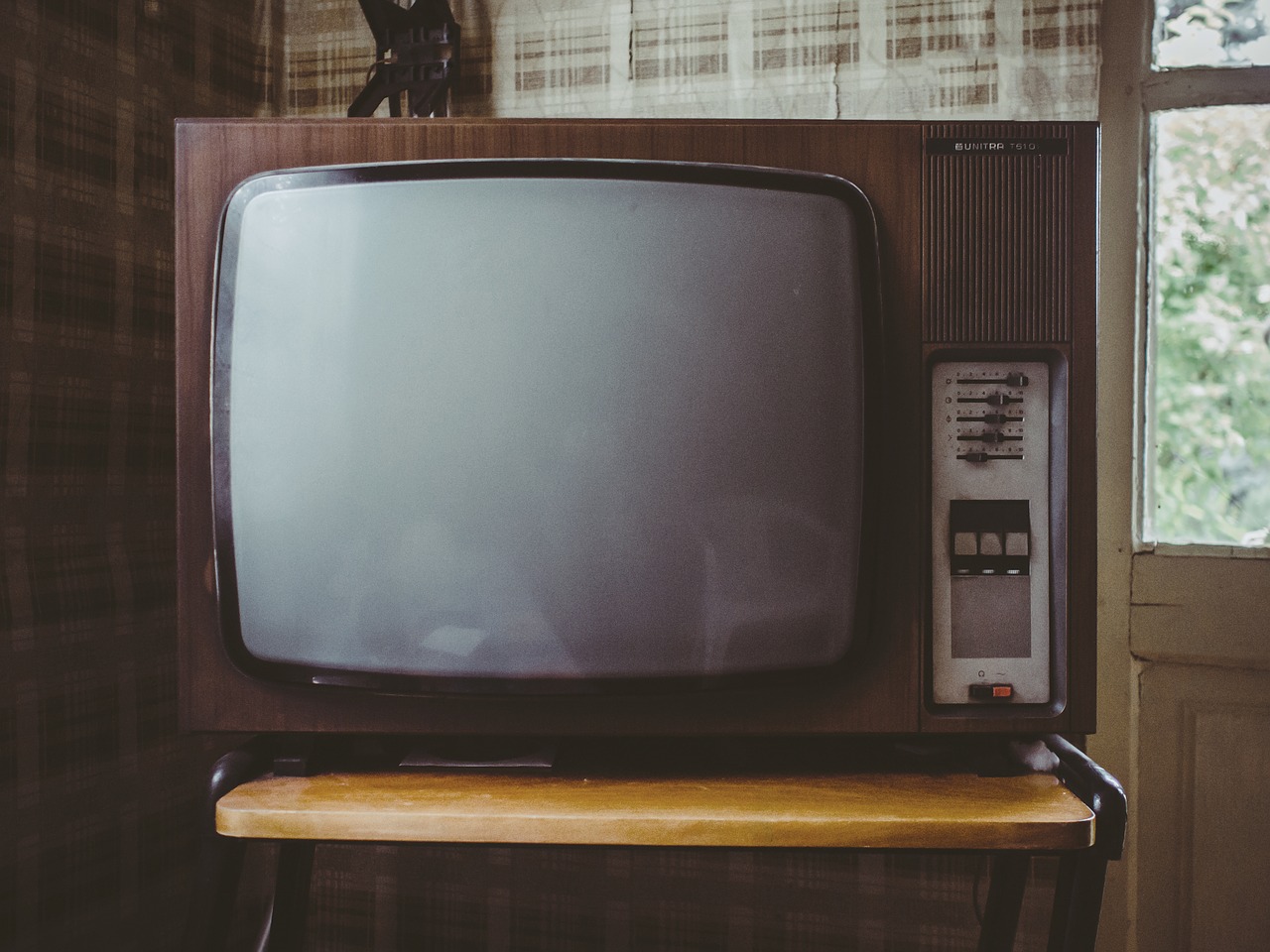In the age of 24-hour news cycles, media companies seek increasingly appalling and shocking images to captivate the attention of viewers. However, these companies’ objectives of publishing the most sensational footage come at a heavy price. It has become fairly common to see Black people being harassed, attacked, and murdered by police officers on our daily newsfeeds.
The pervasive dissemination of these shocking images bears resemblance to the circulation of grisly photographic displays of lynching during Jim Crow that perpetuated Black victimization and catered to sadistic voyeurism. One hundred years later, videos of Black death inundate our TVs, phones, and computers with little to no warning. The harms created by media companies sensationalizing Black death far outweigh any benefits that the mass circulation of such images might have: They dehumanize the Black people who fill our screens, leaving yet more trauma and anti-Black sentiments in their wake.
On August 26, 2015, a white reporter and cameraman were shot dead on live television. Immediate backlash followed the initial publication of this footage, and in solidarity, many major news outlets chose not to air the video. Yet the same courtesy was not extended to graphic footage depicting the murders of Alton Sterling and Philando Castile just one year later. Instead, their deaths flooded all mainstream media outlets, unfazed by ethical concerns.
Alton Sterling’s girlfriend begged media outlets to stop playing footage of her boyfriend’s murder for the sake of her son, who was forced to repeatedly watch his father’s death on his television. However, the trauma of watching this graphic footage is not limited to the family and friends of the victim: Black viewers experience collective trauma rooted in the racial stresses that already permeate their daily lives. Research from the University of Connecticut about racial trauma and post-traumatic stress disorder suggests a direct correlation between exposure to graphic images of Black pain and increased anxiety and depression among Black people.
Moreover, the mass circulation of Black pain has ramifications for non-Black viewers: The constant stream of footage subconsciously affirms the “inevitability of tragedy” and thus normalizes violence against Black bodies. Even more alarming is how the repeated exposure to Black suffering fuels the stereotype that Black people are more resistant to pain. Indeed, studies from Harvard Divinity School confirm that many Americans believe Black people to have a higher pain tolerance than white people. Another study found that when comparing images of suffering among white and Black people, white participants felt significantly more empathy for the pain of their white counterparts. These findings could explain the results of similar studies that revealed medical providers to be far less likely to provide pain medication for Black patients than for white ones. Hence, the graphic images of violence against Black citizens both shape the subconscious perceptions of even the most well-intentioned viewers and create adverse consequences for Black people.
One could argue that ceasing to distribute the graphic content of Black death would obscure the reality of race-based violence in the US. However, the very idea that we must bear witness to tragedy to be moved to action is undermined by the political activism ignited by mass shootings with no graphic documentation. The Parkland shooting in February gained national attention and reignited debate on gun control, despite the lack of video footage depicting any death or injury. Press coverage of the tragedy featured humanizing images of the victims smiling, in stark contrast to the gruesome images of Black victims of police brutality. Why is the humanity of white victims protected, while that of Black victims is deemed disposable?
Media companies committed to ethical reporting must consider the impact of constant exposure to Black suffering on all psyches. The images of Black death and powerlessness that once circulated on lynching postcards are today transmitted across screens where no postcards could ever reach. Such wide and frequent dissemination of this footage demands a re-evaluation of its value. Racial discrepancies in media coverage continue to shape the US’s racist collective consciousness. To disseminate such footage, despite tangible and devastating consequences to viewers, is to prioritize profit and ratings over human dignity.
Photo: “Vintage Television“
